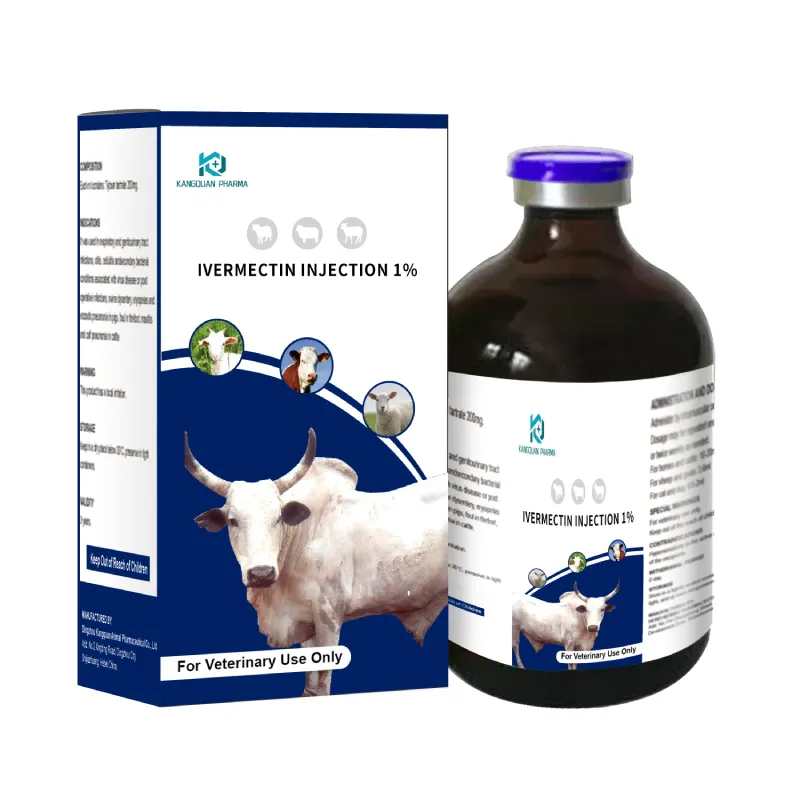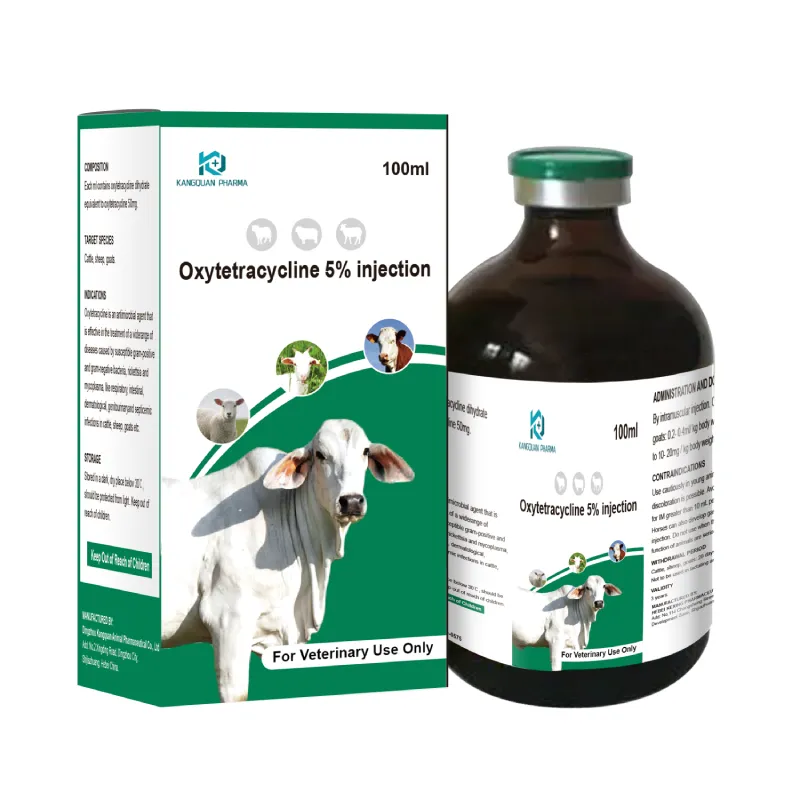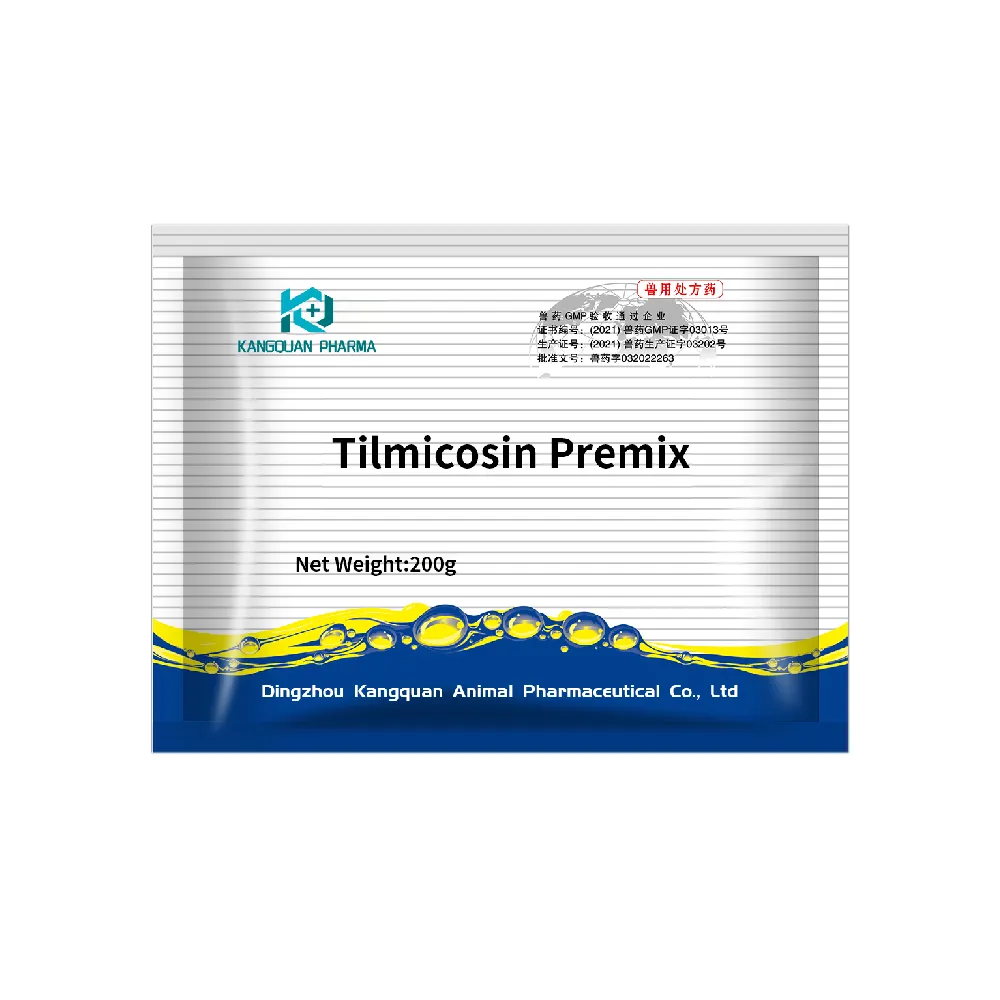- Afrikaans
- Albanian
- Amharic
- Arabic
- Armenian
- Azerbaijani
- Basque
- Belarusian
- Bengali
- Bosnian
- Bulgarian
- Catalan
- Cebuano
- Corsican
- Croatian
- Czech
- Danish
- Dutch
- English
- Esperanto
- Estonian
- Finnish
- French
- Frisian
- Galician
- Georgian
- German
- Greek
- Gujarati
- Haitian Creole
- hausa
- hawaiian
- Hebrew
- Hindi
- Miao
- Hungarian
- Icelandic
- igbo
- Indonesian
- irish
- Italian
- Japanese
- Javanese
- Kannada
- kazakh
- Khmer
- Rwandese
- Korean
- Kurdish
- Kyrgyz
- Lao
- Latin
- Latvian
- Lithuanian
- Luxembourgish
- Macedonian
- Malgashi
- Malay
- Malayalam
- Maltese
- Maori
- Marathi
- Mongolian
- Myanmar
- Nepali
- Norwegian
- Norwegian
- Occitan
- Pashto
- Persian
- Polish
- Portuguese
- Punjabi
- Romanian
- Russian
- Samoan
- Scottish Gaelic
- Serbian
- Sesotho
- Shona
- Sindhi
- Sinhala
- Slovak
- Slovenian
- Somali
- Spanish
- Sundanese
- Swahili
- Swedish
- Tagalog
- Tajik
- Tamil
- Tatar
- Telugu
- Thai
- Turkish
- Turkmen
- Ukrainian
- Urdu
- Uighur
- Uzbek
- Vietnamese
- Welsh
- Bantu
- Yiddish
- Yoruba
- Zulu
12월 . 11, 2024 10:40 Back to list
Understanding Antibiotic Efficacy Across Different Bacterial Strains and Their Resistance Patterns
Understanding Antibiotic Spectrum A Comprehensive Overview
Antibiotics are crucial tools in modern medicine, responsible for treating a multitude of bacterial infections. However, the effectiveness of an antibiotic can vary significantly depending on its spectrum of activity—the range of bacteria that it can effectively target. Understanding the antibiotic spectrum is essential for healthcare professionals in order to select the appropriate treatment for bacterial infections, thus aiding in effective patient management and combating antibiotic resistance.
What is Antibiotic Spectrum?
Antibiotic spectrum refers to the range of bacteria that an antibiotic can inhibit or kill. It is commonly classified into two categories narrow-spectrum antibiotics and broad-spectrum antibiotics.
1. Narrow-Spectrum Antibiotics These antibiotics are effective against specific types of bacteria. For instance, penicillin primarily targets Gram-positive bacteria, making it suitable for infections caused by organisms like Streptococcus and Staphylococcus. The advantage of using narrow-spectrum antibiotics lies in their ability to minimize disruption to the body's normal flora, thus lowering the risk of side effects and resistance development.
2. Broad-Spectrum Antibiotics In contrast, broad-spectrum antibiotics can target a wide range of bacteria, including both Gram-positive and Gram-negative organisms. Examples include tetracycline and ciprofloxacin. These antibiotics are often considered when the specific bacteria causing an infection are unknown or when a polymicrobial infection is suspected. However, their broad activity can also lead to adverse effects, such as the destruction of beneficial bacteria and increased risks of resistance.
Importance of Choosing the Right Antibiotic Spectrum
Selecting the appropriate antibiotic based on its spectrum is crucial for several reasons
antibiotic spectrum pdf

- Effective Treatment Understanding the spectrum helps healthcare providers choose antibiotics that effectively target the infecting organism. Inappropriate selection can lead to treatment failure and prolonged illness.
- Minimizing Resistance Overuse or misuse of broad-spectrum antibiotics can contribute to the development of antibiotic resistance. By reserving broad-spectrum antibiotics for cases where they are warranted and using narrow-spectrum agents when appropriate, clinicians can help mitigate this serious public health threat.
- Tailoring Therapy In cases where the causative agent is known, using targeted narrow-spectrum antibiotics can lead to quicker recovery times, fewer side effects, and lower costs of care.
Clinical Application and Future Directions
In clinical practice, identifying the causative bacteria through culture and sensitivity testing is essential. This process enables healthcare providers to understand which antibiotics are likely to be effective against the identified pathogens. Advances in microbiological techniques, including rapid testing and molecular diagnostics, have significantly improved our ability to determine bacterial susceptibilities, thereby facilitating more precise antibiotic prescribing.
Moreover, the study of antibiotic spectrum is evolving with the introduction of novel antibiotics and combination therapies designed to combat resistant strains. Research continues to focus on understanding the mechanisms of action, resistance, and synergy between different antibiotics to enhance their effectiveness while minimizing negative impacts on the microbiome.
Conclusion
In summary, a thorough understanding of antibiotic spectrum is vital for effective clinical practice. The careful selection of antibiotics based on their spectrum of activity can lead to improved patient outcomes, reduced resistance rates, and overall better management of bacterial infections. As we advance in our understanding of microbiology and antibiotic mechanisms, it is imperative that both clinicians and researchers continue to emphasize the importance of tailored antibiotic therapy as an essential component of modern healthcare. Through these efforts, we can hope to safeguard the efficacy of antibiotics for future generations.
-
Guide to Oxytetracycline Injection
NewsMar.27,2025
-
Guide to Colistin Sulphate
NewsMar.27,2025
-
Gentamicin Sulfate: Uses, Price, And Key Information
NewsMar.27,2025
-
Enrofloxacin Injection: Uses, Price, And Supplier Information
NewsMar.27,2025
-
Dexamethasone Sodium Phosphate Injection: Uses, Price, And Key Information
NewsMar.27,2025
-
Albendazole Tablet: Uses, Dosage, Cost, And Key Information
NewsMar.27,2025













